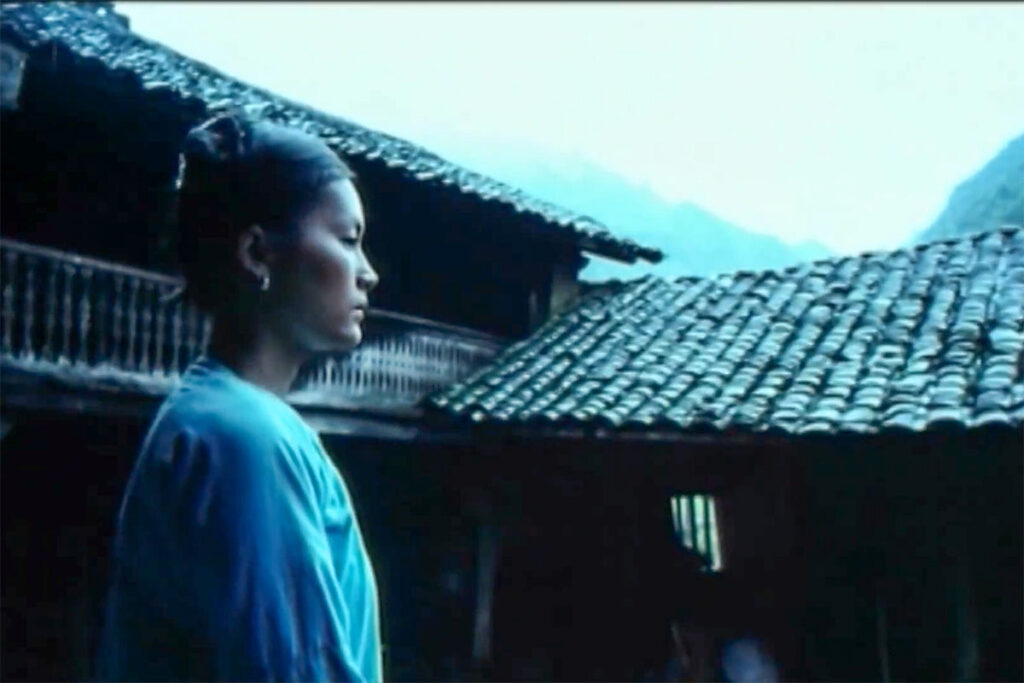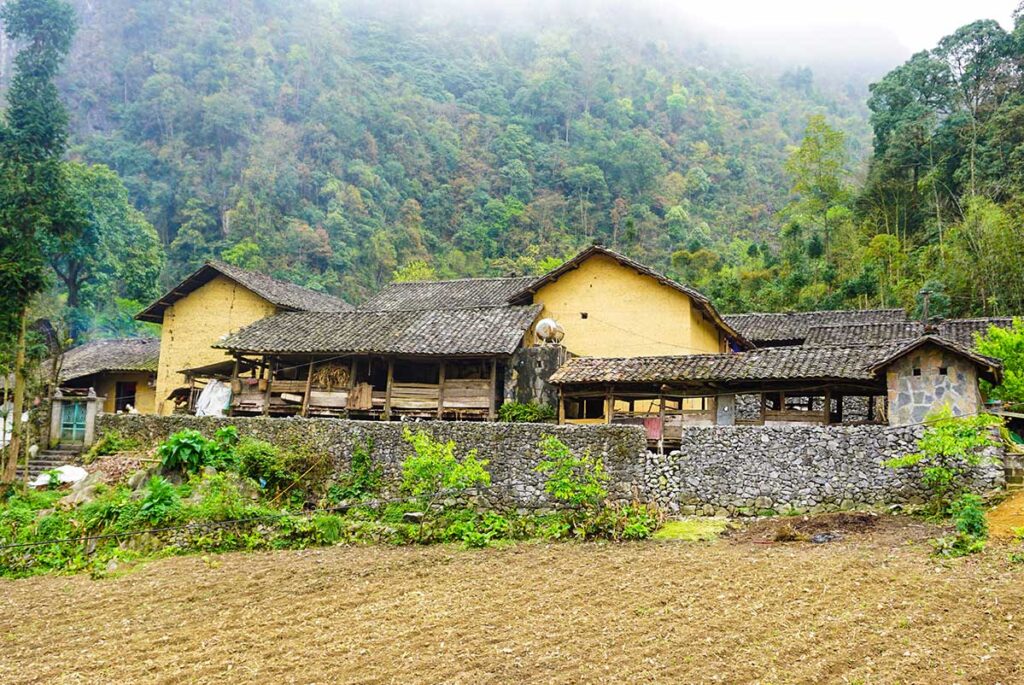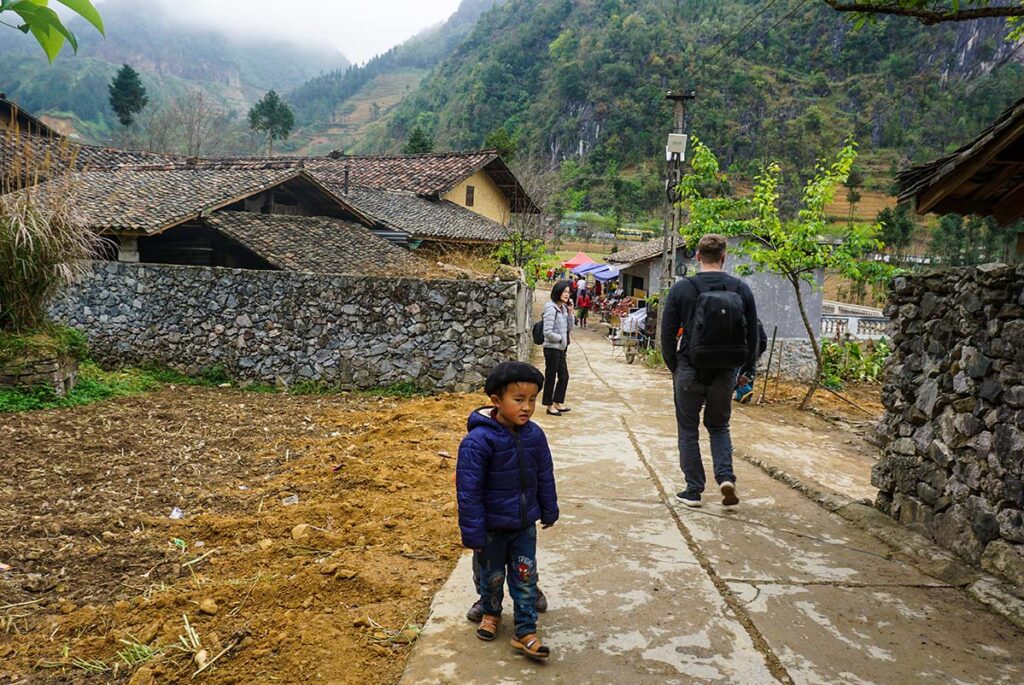The Story of Pao

The house gained nationwide fame when it was selected as a filming location for the renowned Vietnamese movie, ‘The Story of Pao’ (Chuyện Của Páo), which is why many Vietnamese tourists come to visit.
Released in 2006, the film quickly became a classic in Vietnamese cinema. It provides a poetic yet realistic portrayal of the life and culture of the ethnic minorities in Vietnam, specifically the H’Mong people. Based on a novella by the acclaimed Vietnamese writer Nguyen Huy Thiep, the story centers around a H’Mong girl named Pao, and her journey to uncover the mysteries of her family and learn of the secrets both she and her mother harbor.
Set in the mountainous regions of Northern Vietnam, the film delves deep into the complexities of rural life, love, and tradition. Notably, the film clinched the Golden Kite Award and was showcased at the esteemed Cannes International Film Festival in France in 2007. Through its stunning visuals and compelling storytelling, the movie has captured the hearts of millions and remains an iconic representation of Vietnamese cinema.
Highlights of Pao’s House
Built nearly 70 years ago, Pao’s house in Dong Van District of Ha Giang Province has witnessed four generations of the family. Originally owned by Mua Sua Pao, the house is now under the care of his grandson, Mua Phai Tua.

The house stands out with its authentic earth-walled construction, consisting of three U-shaped rows. The primary row, located at the furthest corner, features a two-floor lodge which houses various rooms such as a living room, guest room, kitchen, warehouse, and cattle sheds. Its rustic design is characterized by ancient roofs, stone shelves, and columns that effortlessly create a warm and peaceful ambiance.
Visiting Information
- The entire house is open for visitors, allowing them to explore its different sections.
- Opening Times: Daily from 8 AM – 6 PM
- Entrance Fee: 10,000 VND (0,41 USD)
How to Get There
Pao’s house is nestled in Sung La Valley, specifically in Sung La Commune, Dong Van District, Ha Giang. This location, famously known for its flower fields, is an ideal stop when traversing the Ha Giang Loop.
For those starting from Hanoi, they should first head to Ha Giang City and then continue to the house. Upon reaching Sung La, one would need to look for the sign indicating Lung Cam Cultural Village. A few minutes from there, Pao’s house will be visible on the left.
Other Things to See Around Pao’s House
Pao’s house is part of the larger Lung Cam Cultural Village. This village, home to over 60 households mainly from Lo Lo, Mong, and Han ethnicities, is a haven of traditional Hmong houses that have stood for over 100 years.

The houses, cloaked in rustic colors, boast of moss-covered yin-yang tiles and ancient walls, making them the subject of many photographers and directors. Nearby attractions include:
- Sung La Valley: Apart from Pao’s house, it offers a serene landscape, especially during the buckwheat blooming season.
- Chin Khoanh Ramp: A breathtaking mountain pass located around 10 km from Pao’s House.
- Palace of the Hmong King: Another significant Hmong structure in the vicinity.
- Pho Bang Old Town: A short drive away and a notable attraction.
Tips for Visiting
- Even if the house predominantly appeals to Vietnamese nationals, it’s an insightful venture to appreciate a traditional Hmong house from both outside and inside.
- To avoid large crowds, refrain from visiting during weekends and national holidays.
- Ensure your attire respects local customs. For instance, avoid wearing white linen as it’s associated with mourning.
- Avoid loud laughter and unnecessary noise during the visit.
- Refrain from touching a child’s head or cuddling them, as locals believe it could bring illness.
- Do not whistle; it’s believed to call forth spirits or storms.
- Ensure you seek permission before touching any furniture or entering private spaces in the house.
- Be aware that the center of most Mong homes is a sacred space and is off-limits for seating.


